Tibet is known for the strong position of tradition, old culture and religion in everyday life of Tibetan. You can see this aspect of Tibetan life in the streets of Lhasa but as you go more rural areas, you will feel its influence more. Although modern life and Chinese immigrants brought a lot of change, some cultural aspects of Tibet are still strong among Tibetan and will probably survive more generations in the future.
Wooden Bowl in Tibet
Tibetan wooden bowls are good examples for this. Although jade and porcelain bowls are now common in Tibetan households, wooden bowls still play an important role in Tibetan culture and Tibetan people’s life. They are in every household (even when cheaper porcelain bowls are sold everywhere), Tibetan carry them in journeys and they have an integral role in ceremonies and cultural protocols. The bowl is usually used to drink buttered tea (the most popular drink in Tibet made from tea leaves, butter, water, and salt) and for many Tibetans, buttered tea drank from a wooden bowl tastes better. Tibetan men liken their sweethearts as wooden bowls, wishing to take her in his bosom wherever he goes.
No one knows sure when and how the wooden bowls entered Tibetan life. Probably, they became popular at a time wooden bowls were almost the only option for houseware. According to the legend though, there is an interesting story behind the origins of these wooden bowls. In ancient times, Tibetan people used mud bowls until a carpenter has decided to make a bowl out of wood. In that faithful day, the carpenter went to forest but broke his mud bowl. He needed a bowl anyway so he made a wooden bowl out of necessity. When he came back from the forest, people found out that the wooden bowl was lighter and more durable compared to mud bowls. So, wooden bowls replaced the mud bowls and since been a part of Tibetan life.
How to Make Tibetan Wooden Bowls
Making a wooden bowl was not easy (this may explain why people in the past usually had only one wooden bowl and kept it for life). Today because of the cheaper, mass produced alternatives, it is not even feasible. But it is still important in Tibetan life so although this ancient practice is a lost art in almost all parts of the planet; it is still holding strong in Tibet. In Tibet, tradition does not give way to modern easily.
To make a wooden bowl, right wood needs to be selected. Trunks and knots of birch and tung trees or roots of hard trees are good material sources. Wooden bowls can be produced in workshops in using heavy machinery. Traditionally, these items were handcrafted. Skilful carpenters would carve wood by patiently cutting slices from it and scrap the wood until it is shaped into a bowl.
An exquisite wooden bowl is produced by a five to six step process. The entire bowl is carved from a solid wood piece. Polishing will complete the wooden bowl production process and the quality and desirability of the bowl is mostly associated with the beautiful patterns on the bowl.
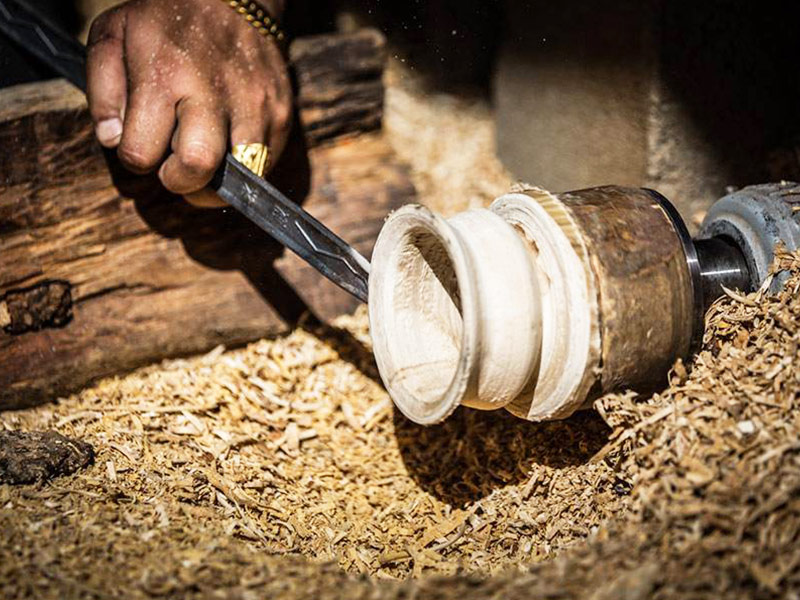
The wooden bowls in Mahma village are hand-made by the old skilled handicraftsman and are delicate and well known
Quality wooden bowls are greatly treasured by Tibetans. Not every wooden bowl or wooden bowl maker are equal. There are places in Tibet famous for wooden bowl making. Like Mahma village, in the north of Menyu area. The village is well-known as “Village of wooden bowl”. The wooden bowls here are hand made by the old skilled handicraftsman and are delicate and well known. These are the most precious wooden bowls to buy by locals as well as tourists.
Different Kinds of Wooden Bowls
There are different kinds of wooden bowls. Some wooden bowls are small and more suitable for carrying in pocket and drink small amount of buttered tea. Some wooden bowls are large and are not specifically designed to be carried around. There are also deep and large bowls to hold food, money and other items.
Wooden Bowls Decorations and Characteristics
The beautifully patterned bowls are greatly treasured by Tibetans. But other than patterns, wooden bowls also may have other decorations. In rich families, each wooden bowl has a silver lid, on which are carved patterns symbolizing good luck. Even richer families every wooden bowl is inlaid with silver and carved with patterns, with only a spot the width of a finger left in the centre of the bowl to show its wooden base. In rich families, each person has two bowls: one for daily use and one for ceremonies.
Wooden Bowls in Tibetan Local Life
As we have mentioned at the beginning, the wooden bowls play a big role in the daily lives of Tibetan people. Every family in Tibet has at least two wooden bowls: a big wooden bowl for the father and a small wooden bowl for the mother.
And there are cultural protocols to be followed when it comes to wooden bowls: if a couple visits another family, it is customary to serve the husband with a bigger wooden bowl than the wife. Doing otherwise is considered impolite. Children are also discouraged to use their father’s wooden bowls.
Wooden bowls are not only used to hold buttered tea or food. They are also used to hold money and other things. When street singers perform in public, they place their wooden bowls for people to put money.
Monks in Tibet also use wooden bowls. You can tell from which monastery a monk is by looking at the shape of the bowl.
And wooden bowls are still important after one dies. The family members fill the wooden bowl of the deceased with buttered tea and put it in front of the body. On the 7th day after sky burial, the other family members repeatedly fill the wooden bowl with tea wishing the spirit of dead person a safe voyage. After the ceremony, the bowl is washed and given to the priest. The bowl then belongs to the priest.
In the past, people had only one wooden bowl. The tradition was “one wooden bowl for a life”. For old Tibetans, a wooden bowl was as precious as his or her lover and they could use only one bowl in a lifetime. Today, young Tibetan may have two or more wooden bowls and usually buy new bowls every year to replace the old ones.
A crack in the wooden bowl is considered a bad omen and Tibetan avoid to drink tea from a broken or clipped bowl in the morning. If they accidentally drink tea from such a bowl, they should stay at home all day to avoid any disaster.
Most Tibetan thinks the wooden bowls will always be an important part of the Tibetans’ lifestyle in future no matter how the Tibetan’s life changes and modernization takes hold in Tibet.
>> Join-in our most classic Tibet tours to dig deep into Tibetan culture and life
Where to Buy Wooden Bowls
If you are looking for something to buy as a souvenir in Tibet, a wooden bowl is one of the most unique handicrafts you can bring from Tibet. They are sold everywhere. In Lhasa, you can buy one of these bowls from one of the many shopping malls but the small stalls in a Tibetan market would offers a wide range of wooden bowls for you to buy.
>> Further Reading: What are the most recommended souvenirs you should buy during a Tibet tour?
.jpg)



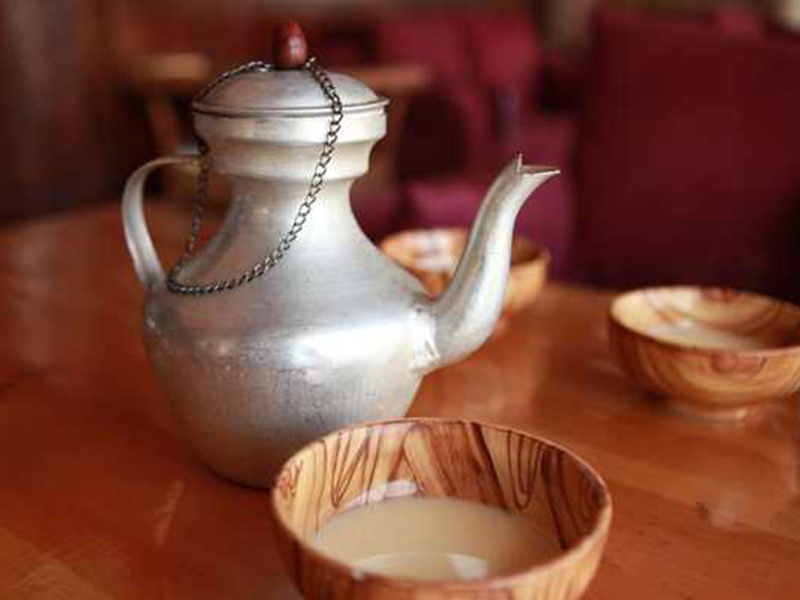
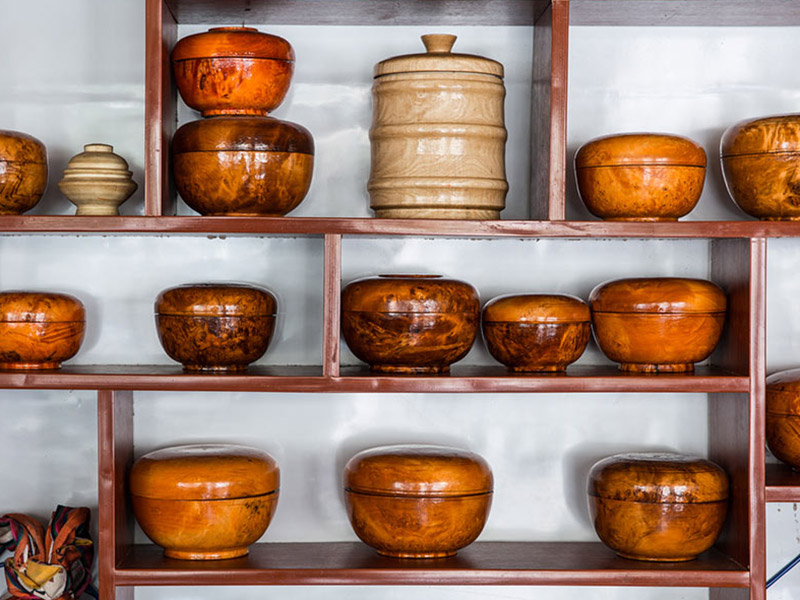
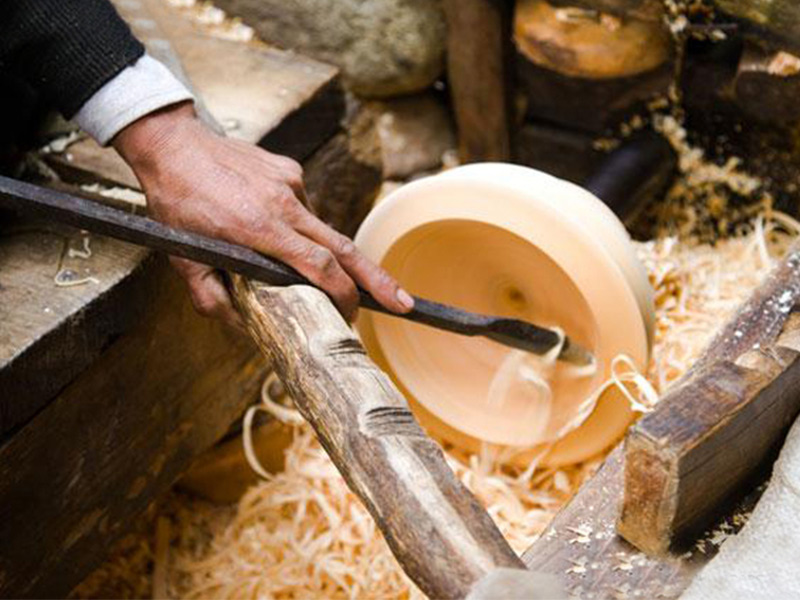
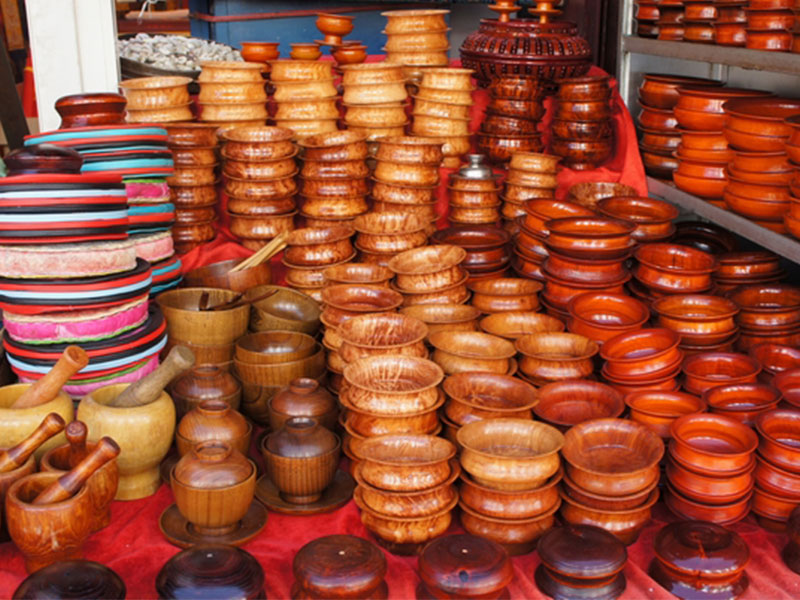
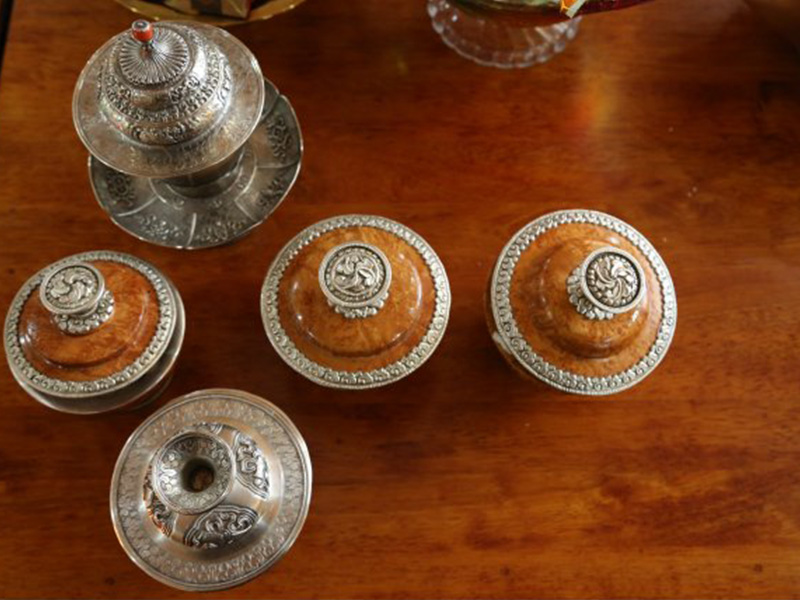
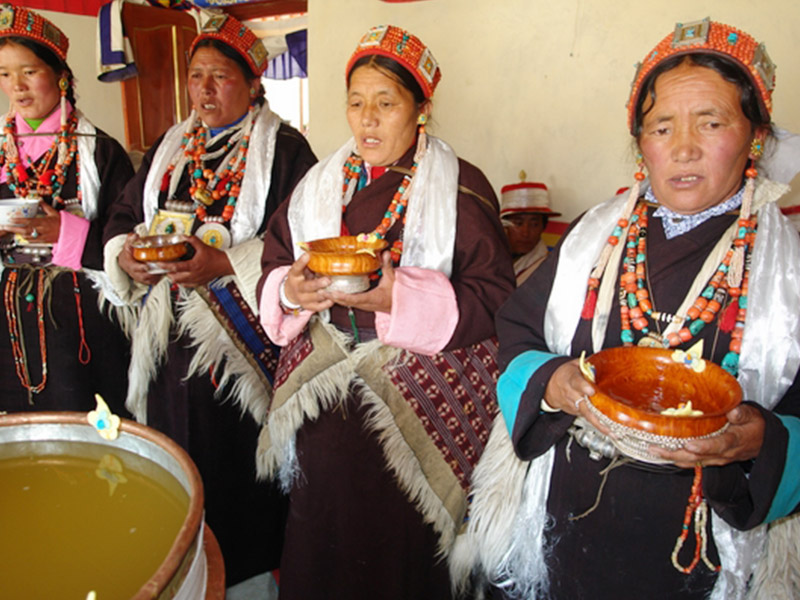

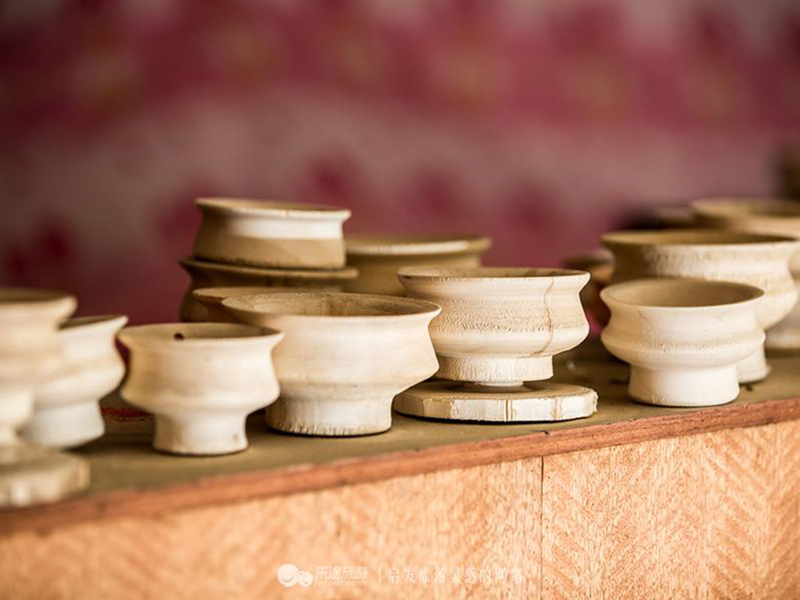
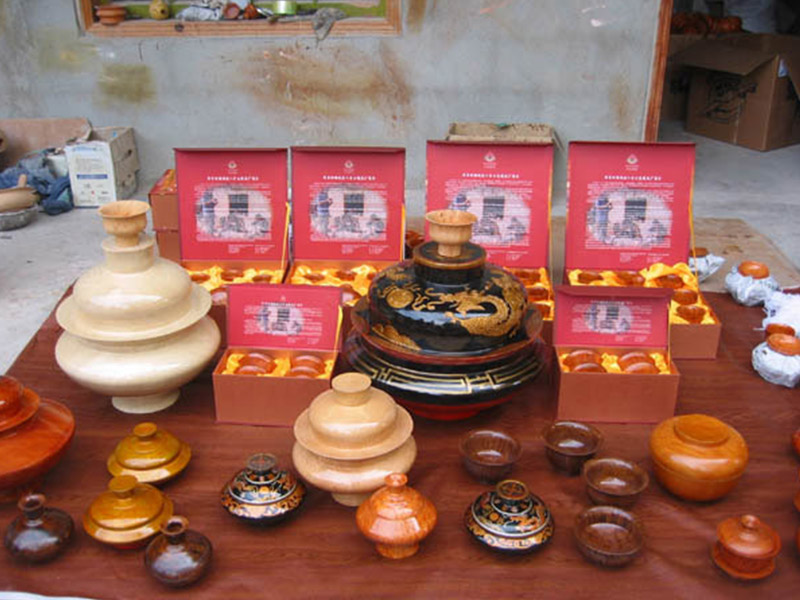


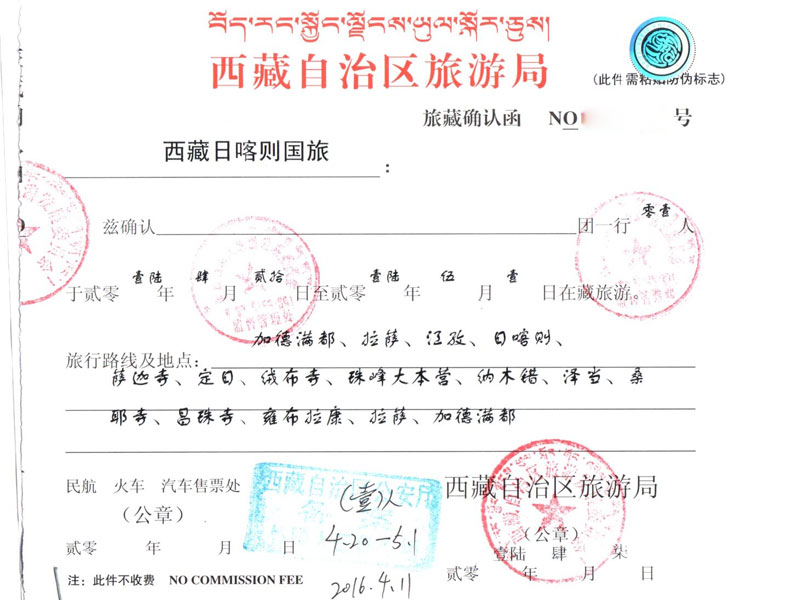

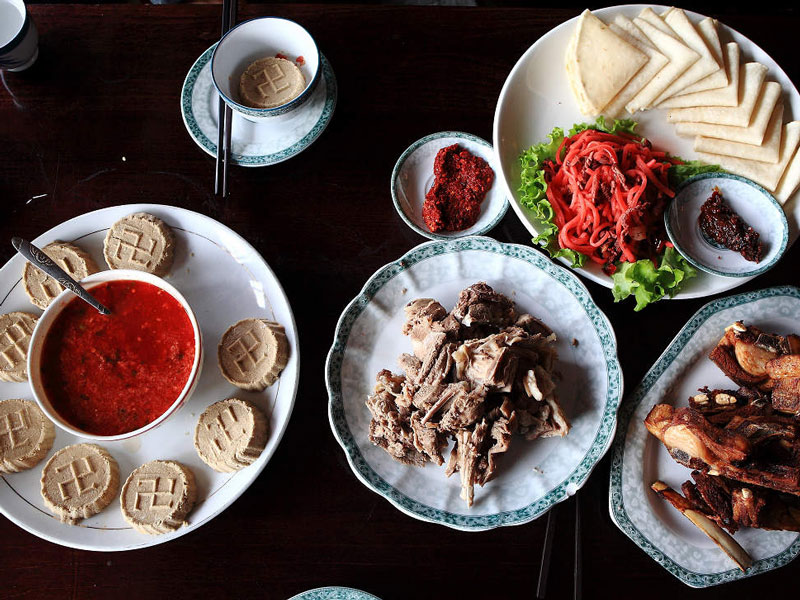

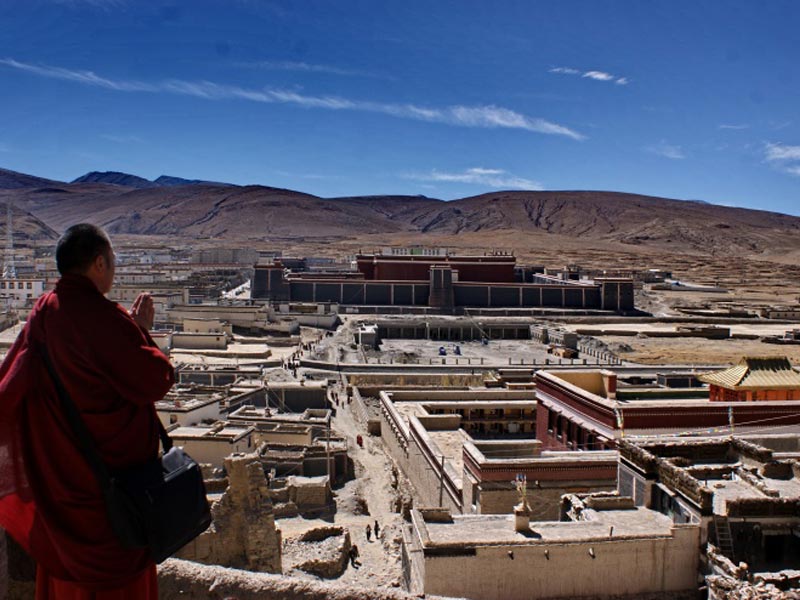

0 Comment ON "Wooden Bowl, a Carrier of Tibetan Culture"